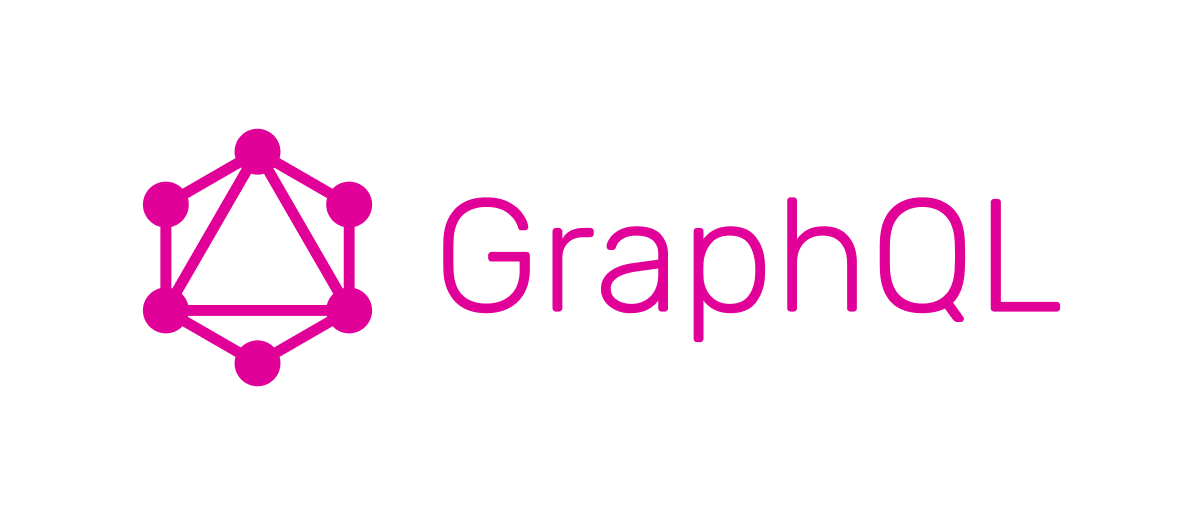What Are The Front-End Development Trends For 2022?

A user today uses a wide variety of devices and is eager for the greatest possible user experience on each of them. A website will lose half of its visitors if it takes longer than two seconds to load. New technologies are expanding and developing in order to improve user experience, speed, performance, and time to market.
Front-end development is one area that has undergone a significant transition. This article will help you understand the trends in front-end development in 2022.
Higher Use of Angular, Vue.js, and React
JavaScript has consistently been one of the most crucial programming languages for front-end development. The following are some of the best-known JavaScript frameworks:
React: Facebook's React framework helped make a declarative, component, and functional-based methods more widely used. It speeds up the development process, offers excellent performance, makes maintenance simpler, and has the ability to reuse elements.
Angular: The Angular framework was designed by Google and released in 2016. It offers two-way data binding and includes advantages like faster component loading and optimized bundle sizes.
Vue.js: It is a user-friendly front-end framework. It combines the greatest elements of Angular and React and is versatile, lightweight, and progressively adaptable.
The Rise of the Jamstack
Jamstack is a JavaScript framework that allows you to create apps and websites. It provides a user-friendly platform for building high-performing, cutting-edge single-page applications.
Jamstack is based on the decoupling and pre-rendering concept. It separates the pages and front-end user interface from the back-end database apps. Once the front-end has been freed from the back-end servers, it is simple to publish it globally to a CDN.
Before deployment, the whole front-end is prebuilt into incredibly powerful static pages and assets. The global front-end can alter and enhance pages by interacting with the back-end services via APIs and Javascript.
Jamstack is utilized in custom front-end development because:
- It reduces loading times due to pre-generating pages at build time, which makes it simpler for your developers to manage their code and leads to a quicker rate of development and a fantastic user experience.
- Integrated with several JS frameworks to increase scalability, offer additional features, and make coding easier.
- Assists with portability as jamstack websites are static and pre-generated, and they may be readily hosted on a variety of servers.
Headless Architecture is Becoming the Standard
You've probably heard of "headless architecture" or "headless CMS" before - when there's a back-end but no front-end —but now it's time to put it into action. Why could your website project require it?
Headless architecture is business logic provided by back-ends and made accessible for any front-end channel. These channels are widely available today on a variety of devices with screens, including smartphones, PCs, smartwatches, and other devices.
Therefore, headless architecture provides flexibility where traditional monolithic architecture does not. It provides the opportunity to publish dynamic content to many channels using a single back-end, thus satisfying multiple users in one fell swoop.
The idea is developing and expanding as more developers get interested in headless architecture. It allows you to create Single Page Applications without having to customize them for each platform and use case. Additionally, you have more options in selecting your technology stack, more straightforward maintenance, faster development, and better DX and UX as a result.
GraphQL
GraphQL is basically a query language that makes it easy to retrieve data from a server quickly. It has gained much popularity among developers because it doesn't require client-side rendering or normalization of API responses, which eliminates the necessity for managing several endpoints, specifying parameters, etc. It uses JavaScript as its interface.
Because of the following, custom application development services should use GraphQL:
It is a particularly efficient method of retrieving data from the server since it permits complicated queries and decreases the number of round trips required to retrieve information.
Developers with little background in GraphQL can also use it because it can be used for both client-side rendering and SSR (Server Side Rendering).
Compared to other methods like REST, it is an effective method for obtaining data from the server and dramatically reduces network traffic.
Micro front-ends
Micro front-ends are one of the most frequently used "buzzwords" among developer gatherings at the moment due to the industry's current popular trends.
Micro front-ends are a relatively recent architectural style in which independent front-end apps are created and then integrated into the entire codebase. It is a method for breaking down and working on individual parts of traditional monolithic front-end codebases.
By breaking your front-end into smaller, independent parts, you can easily integrate the work of several teams working on different aspects of your app. These teams can create, test, build, and deploy independently of one another while pursuing the same objective.
Progressive Web Applications (PWAs)
For mobile applications, native web applications are the gold standard. Native web applications have several advantages over other varieties of apps, including better user experiences.
However, using native web applications requires their installation on the target device, and users must decide whether to update them when prompted. Because of this, some users prefer to use their mobile device's web browser. Progressive web applications can help in this situation.

Dev teams should expect that the popularity and sophistication of advanced web applications will keep increasing throughout the rest of the year and into the future. Hybrid apps, often known as progressive web apps, offer the best of both worlds. Modern PWAs are really difficult to distinguish from native apps.
The browser cache stores data, which enables native programs to load more quickly. The user experience is likewise excellent, enabling shopping, browsing, and other crucial activities without any problems. Progressive web apps swiftly evolve into industry norms as billion-dollar organizations like Starbucks, Pinterest, Uber, and Spotify build their brands around this technology.
AI-Based Chatbot
AI-powered chatbots have become the ultimate solution to many customer experience concerns. They make client interactions with a company more "human" and aid in establishing long-term partnerships. Chatbots have gotten even more practical and intelligent with the development of artificial intelligence.

They respond with even more convincing explanations and can understand human speech. Some of them can even converse with the user and tell jokes like a genuine person. As a result, AI-based chatbots should be considered one of the top front-end trends for 2022.
Bottom Line:
Technology is developing rapidly to keep up with customer demands. Front-end development is no exception; it is expanding quickly to keep up with the market's intense competition. These 2022 front-end trends will assist you in keeping updated with the newest technologies and trends.

